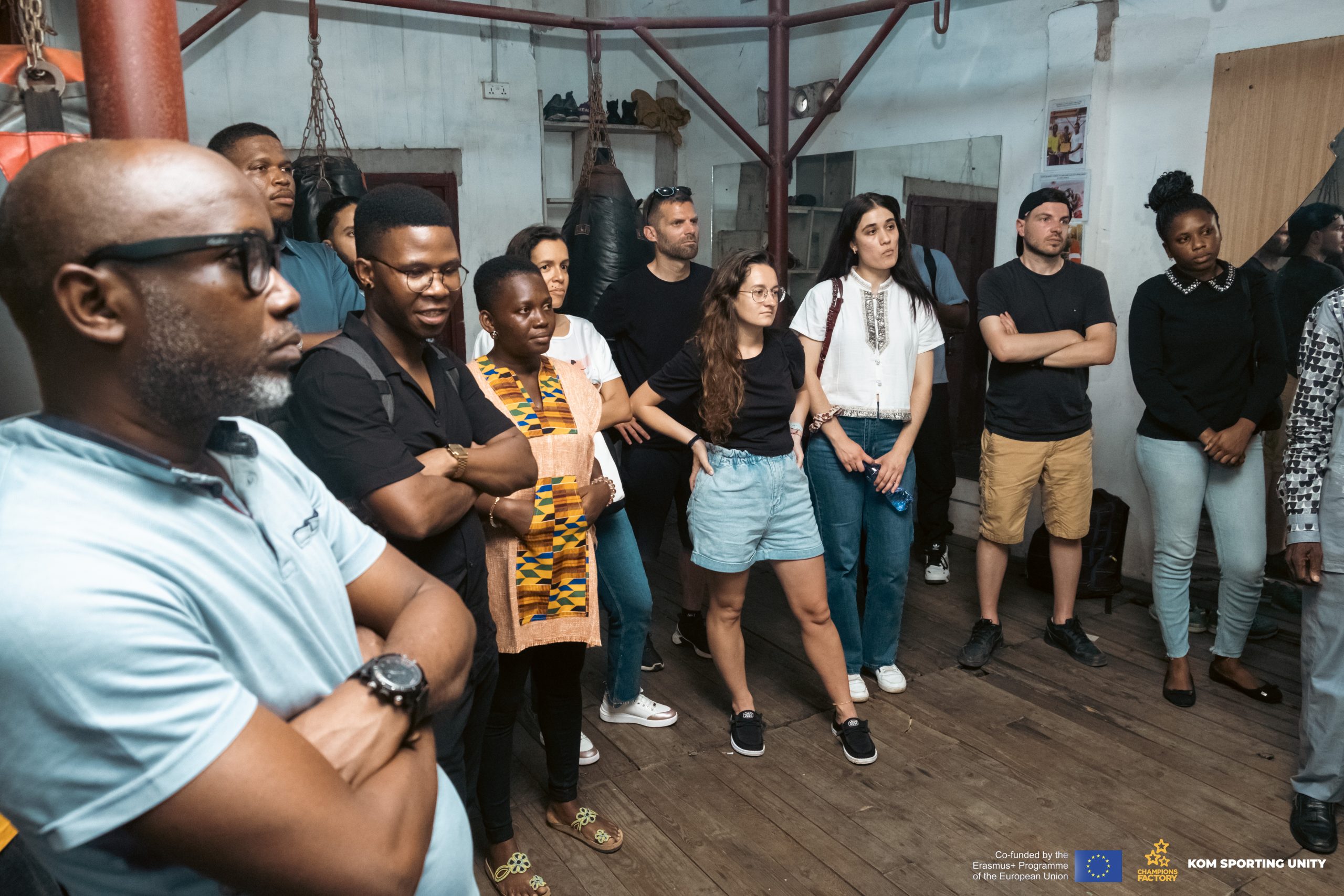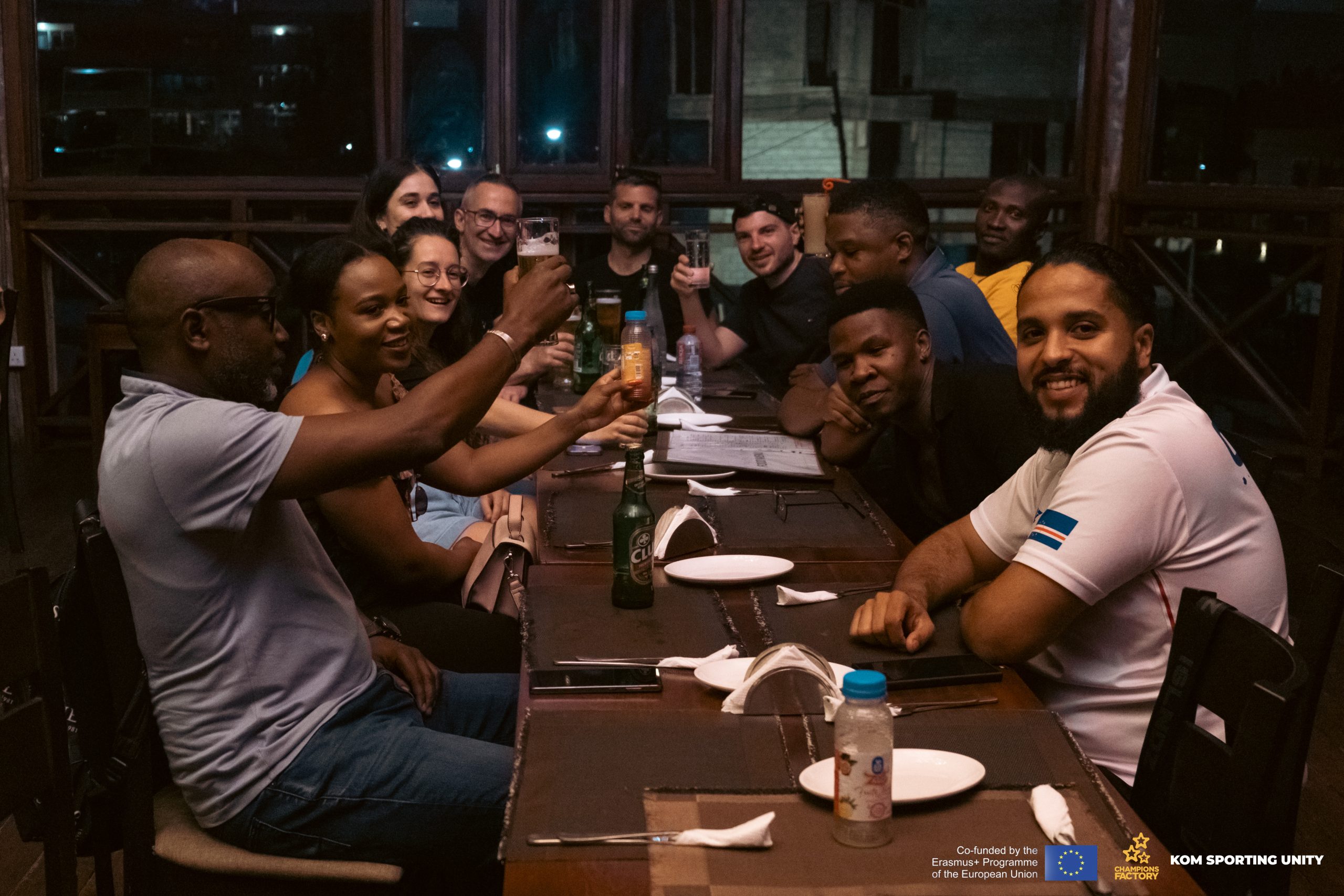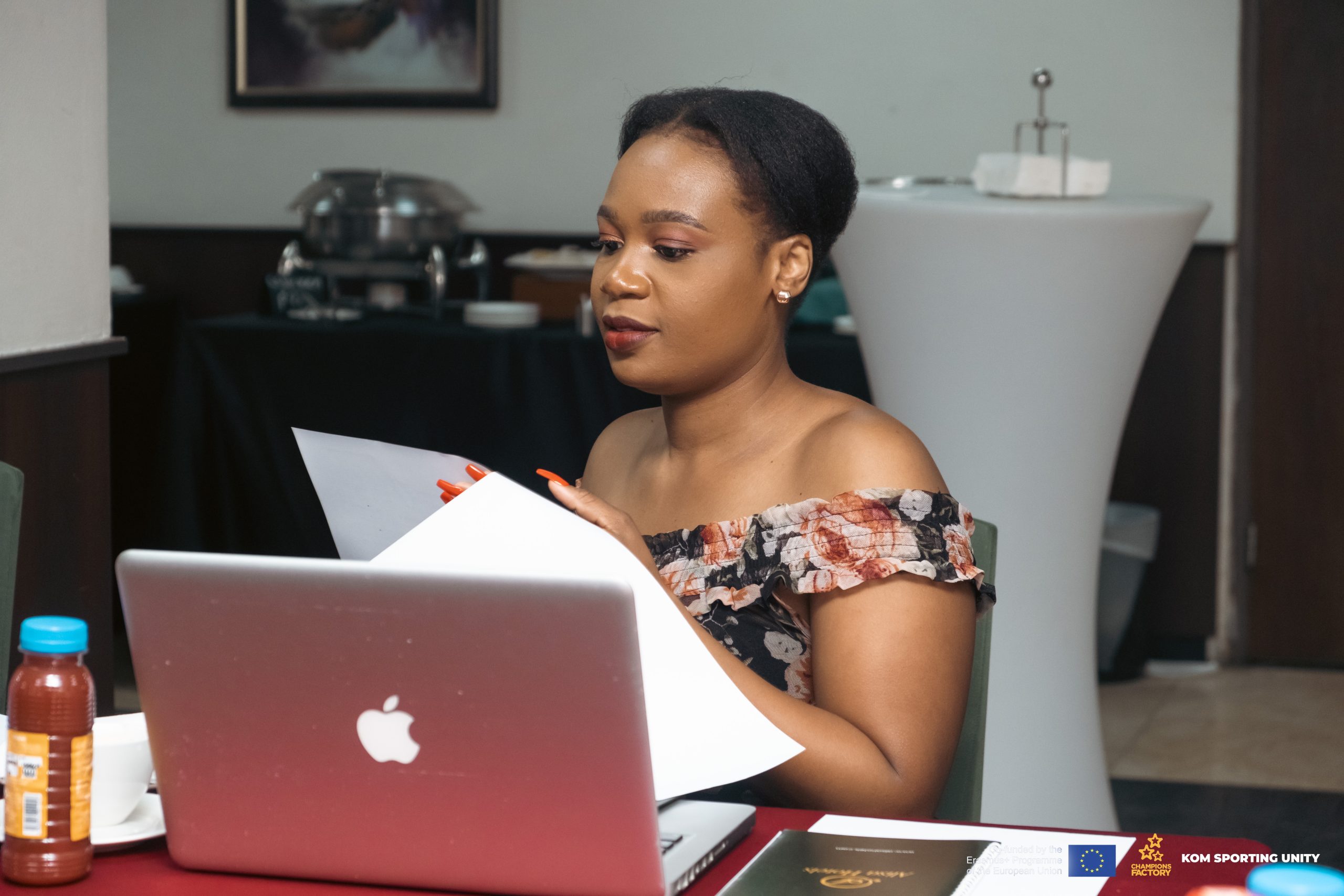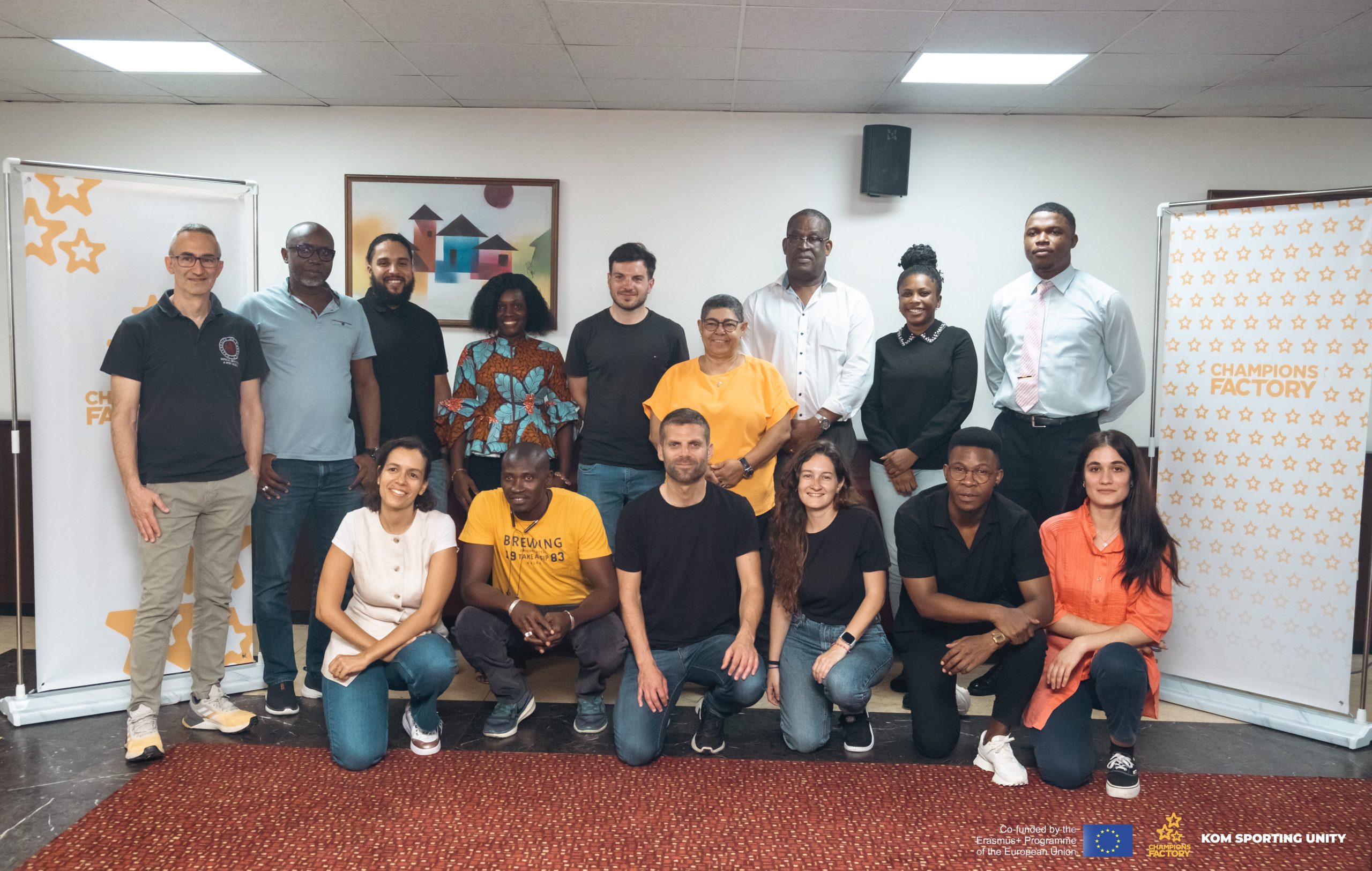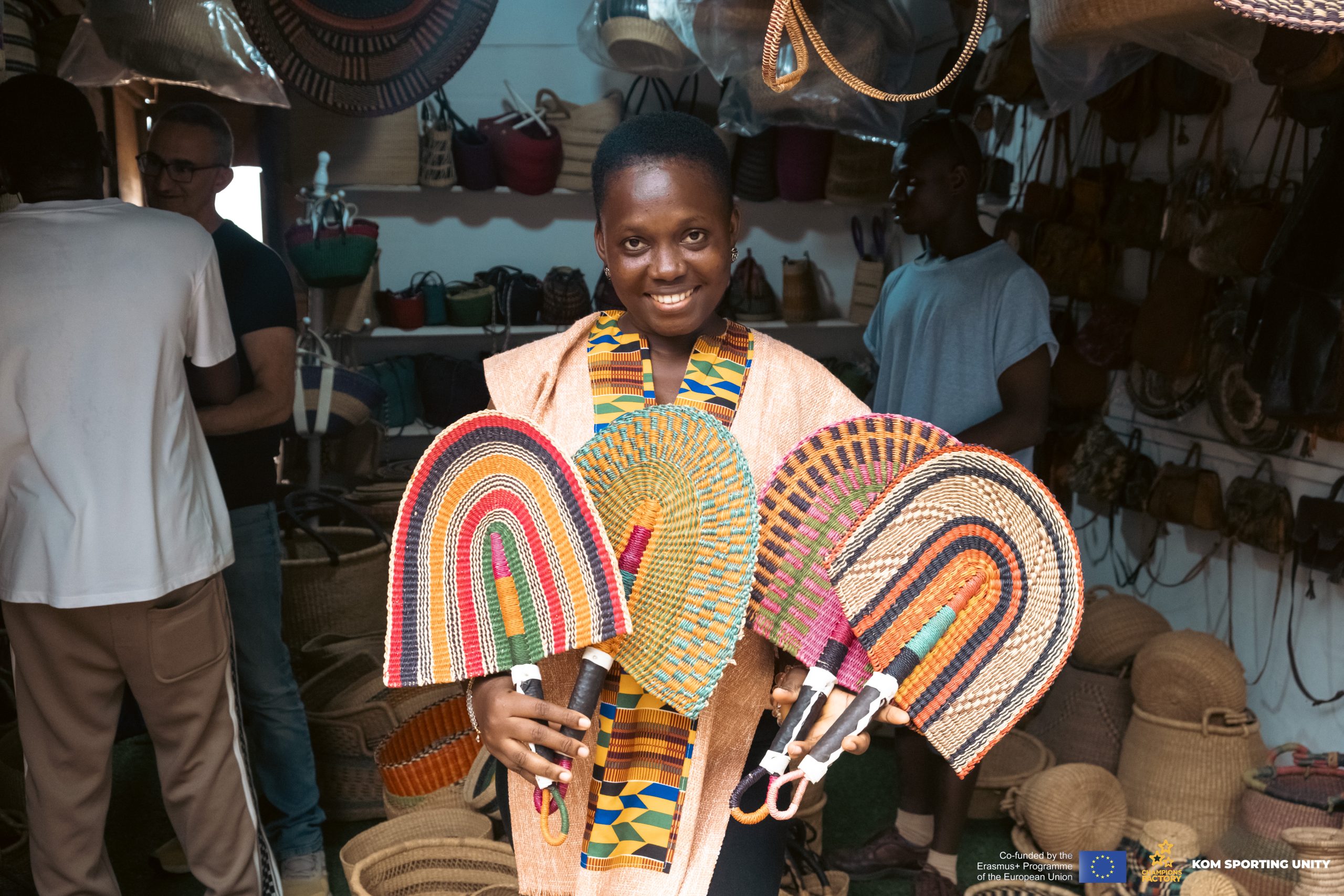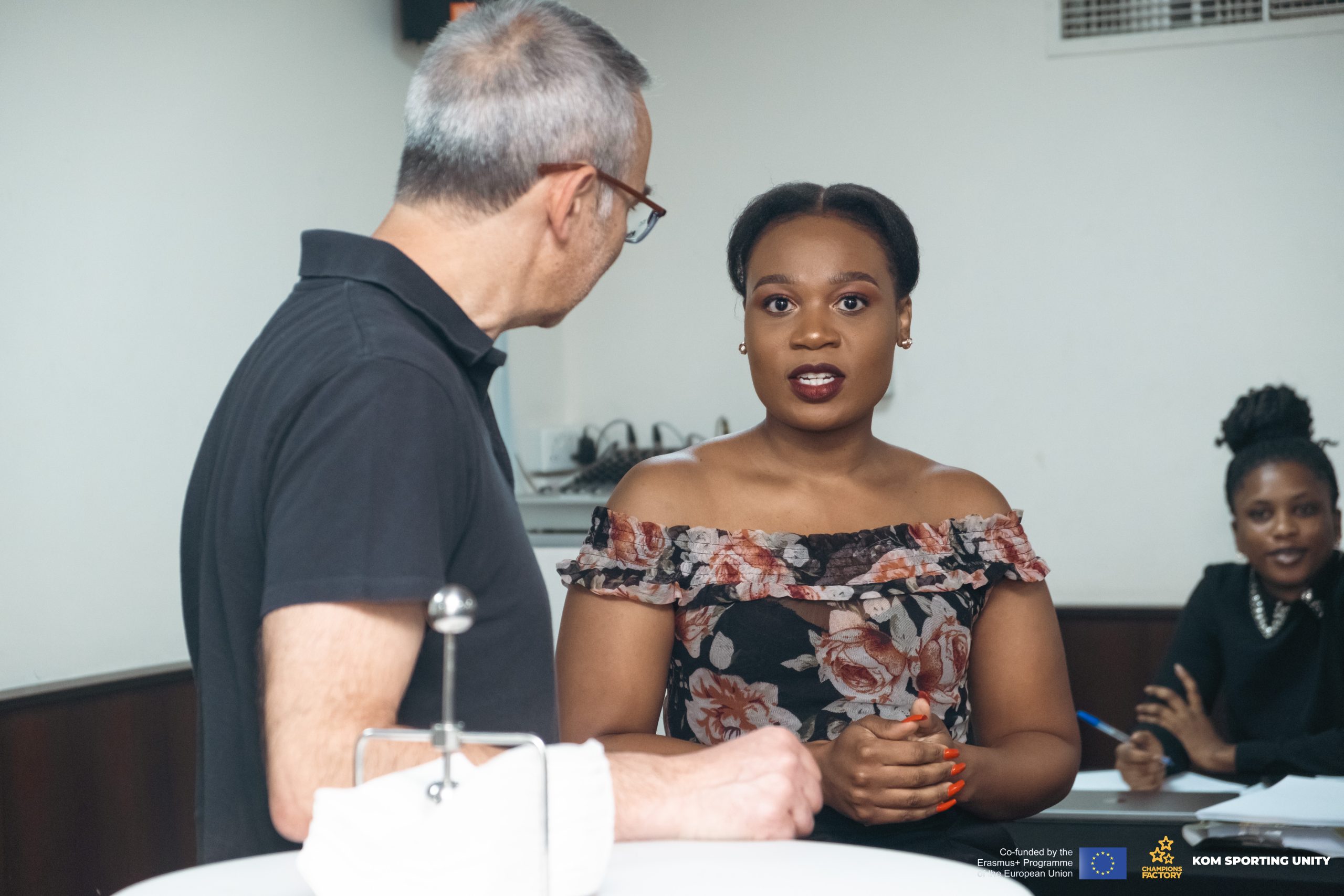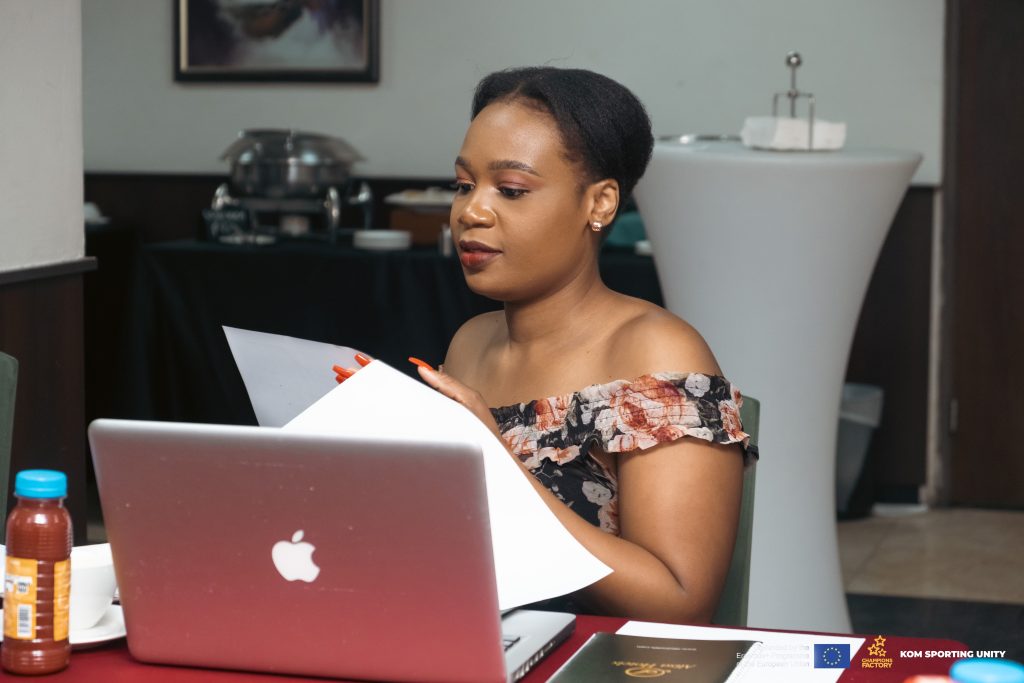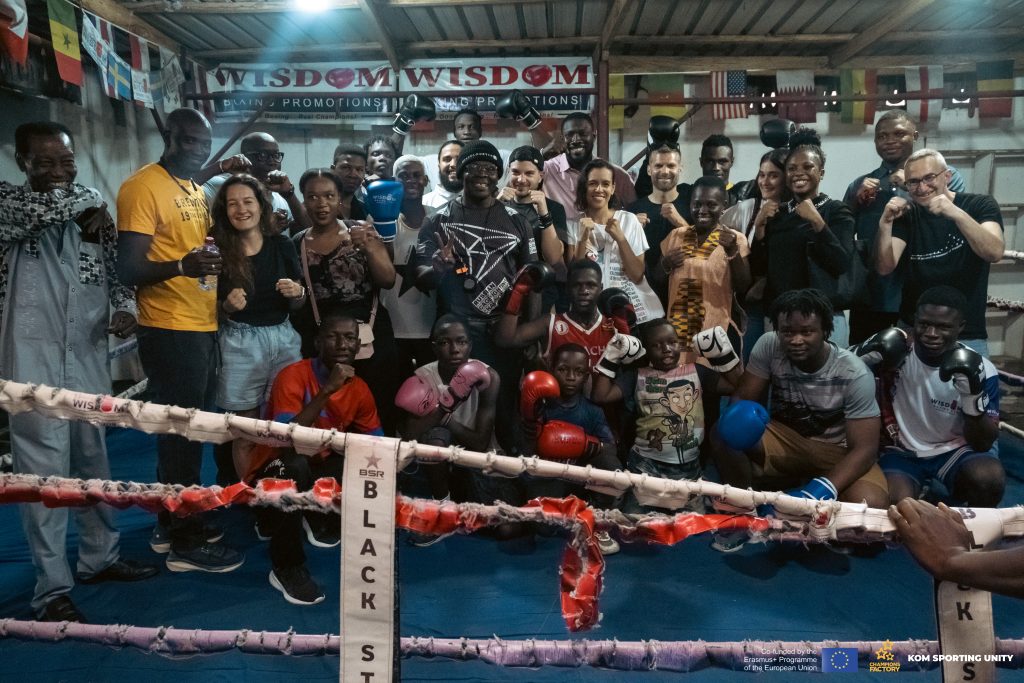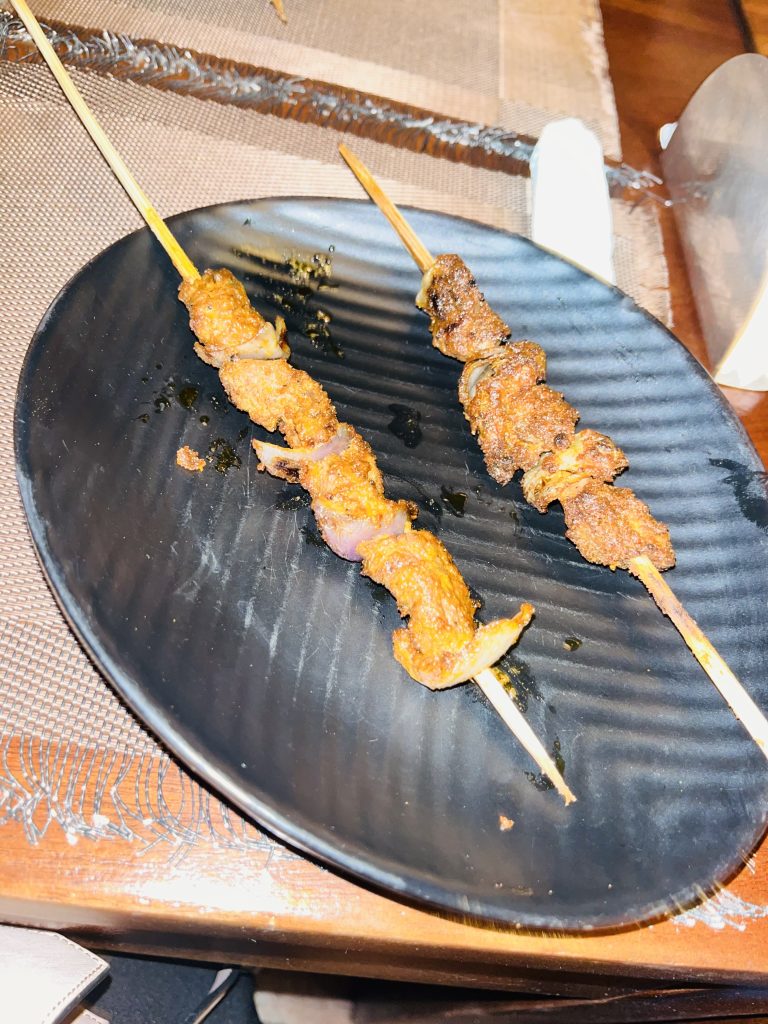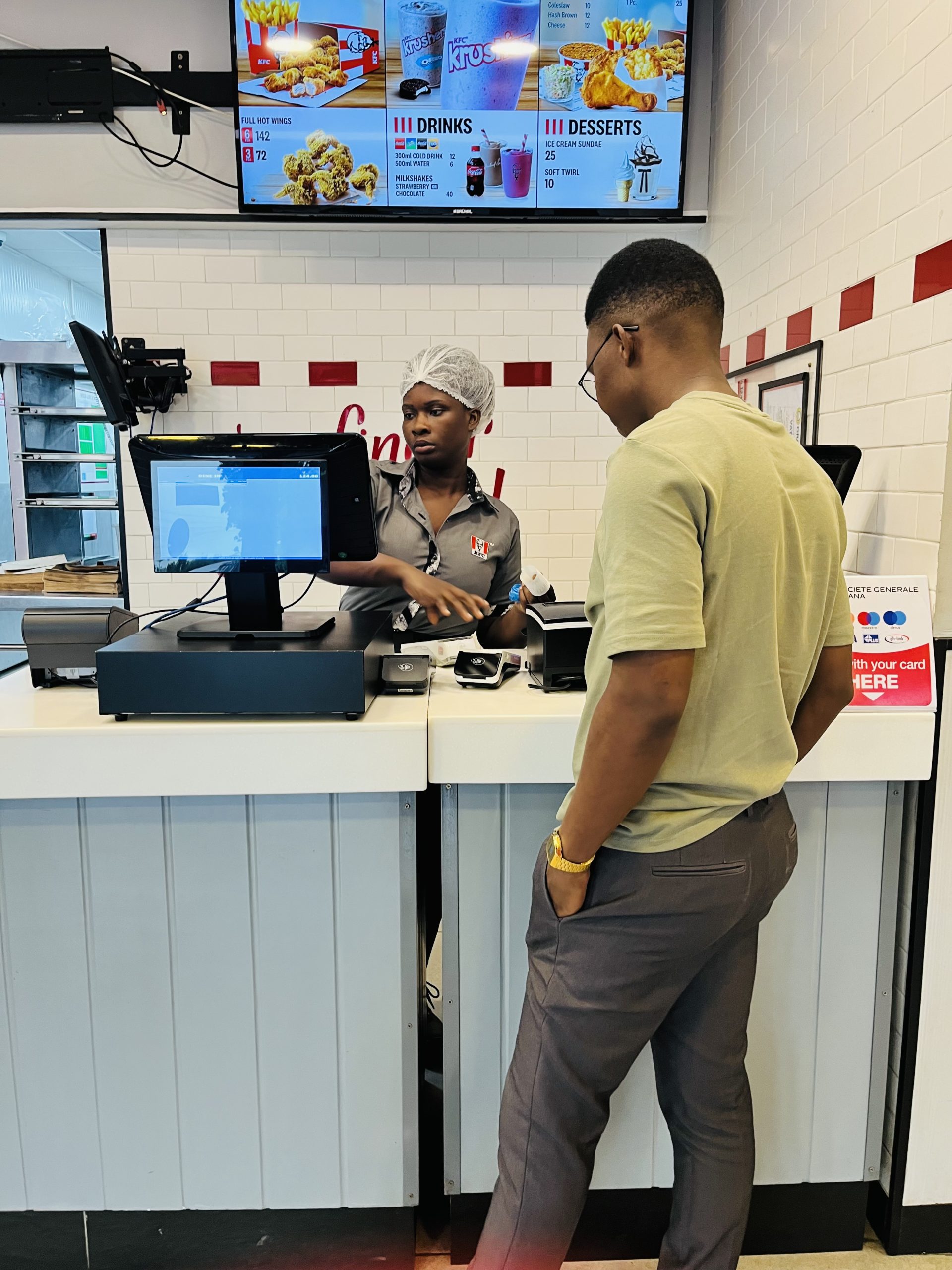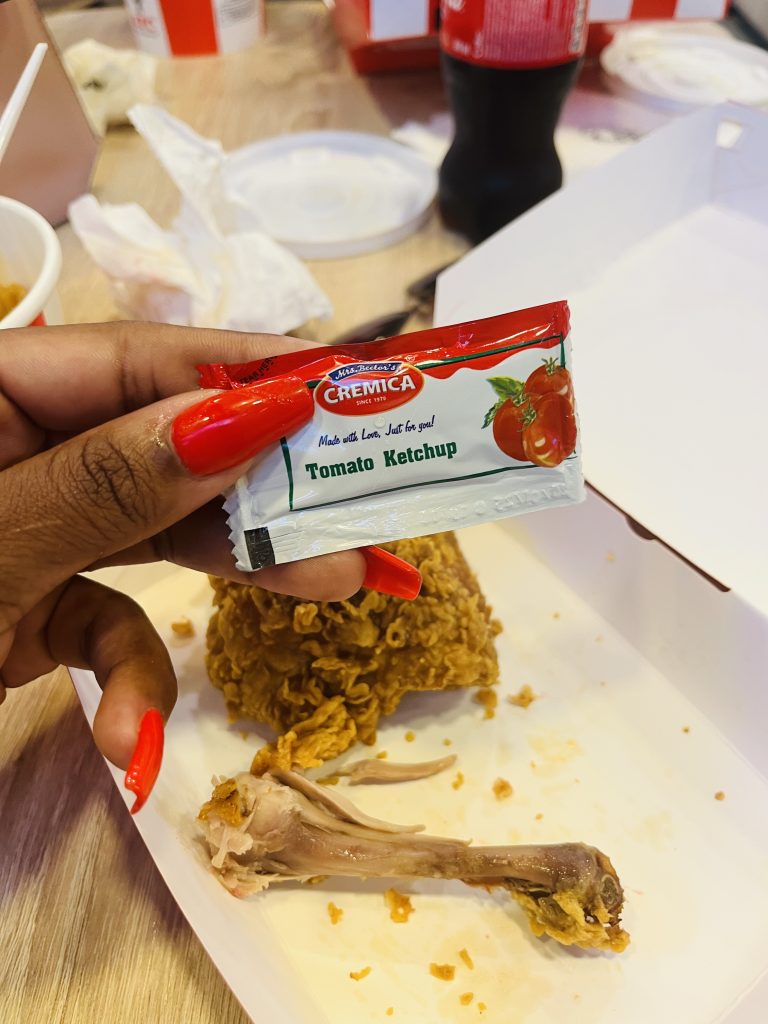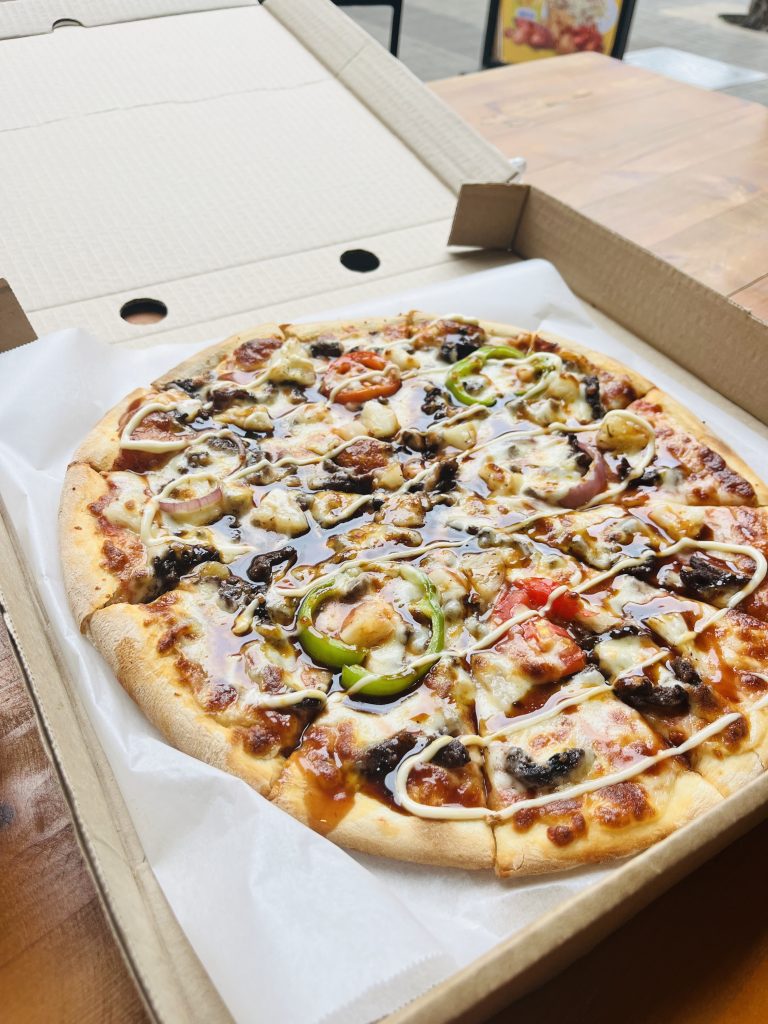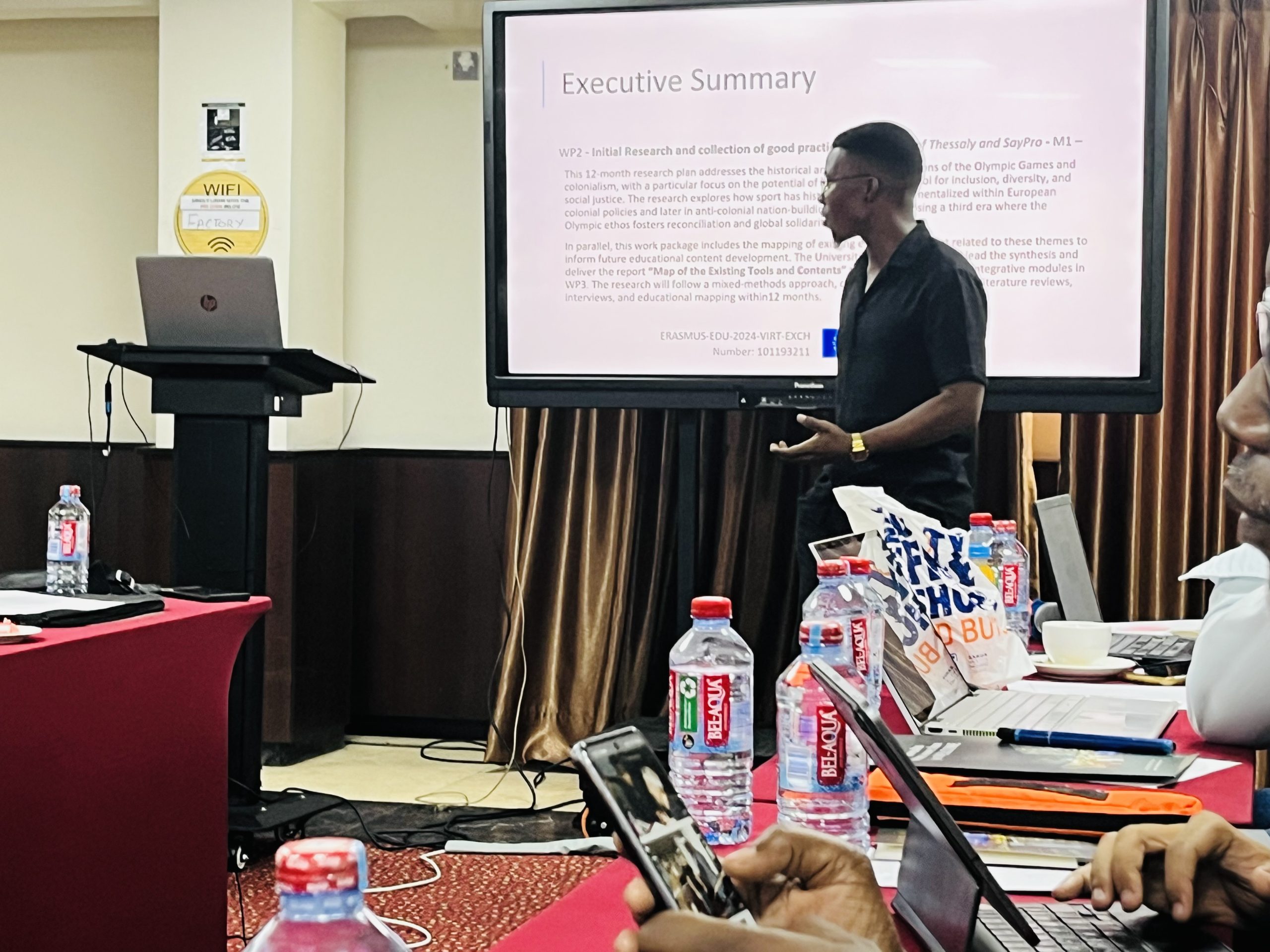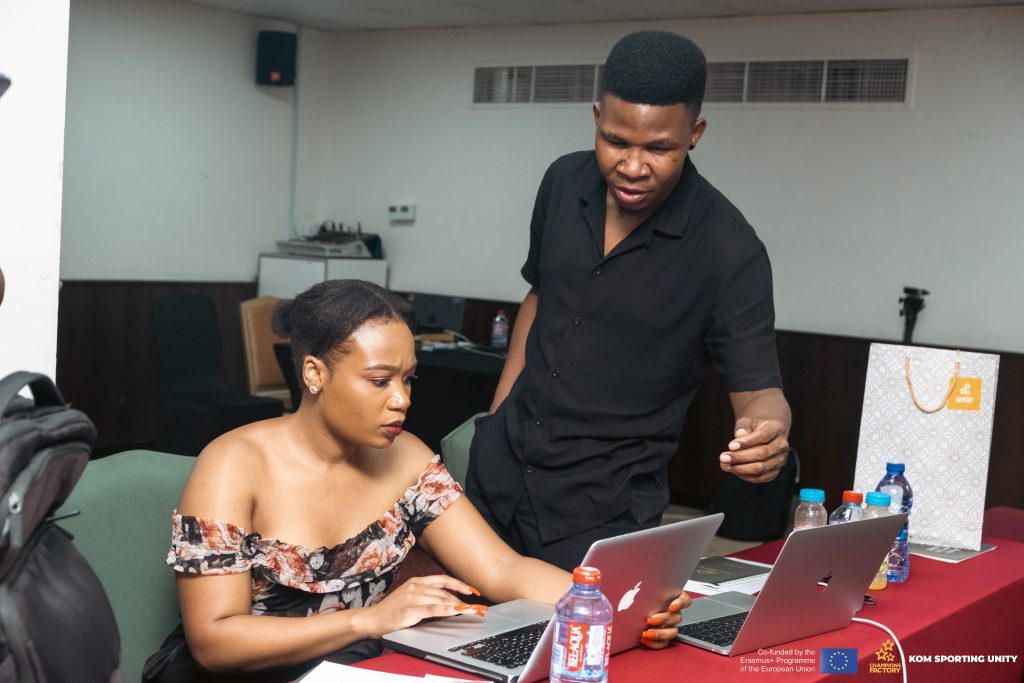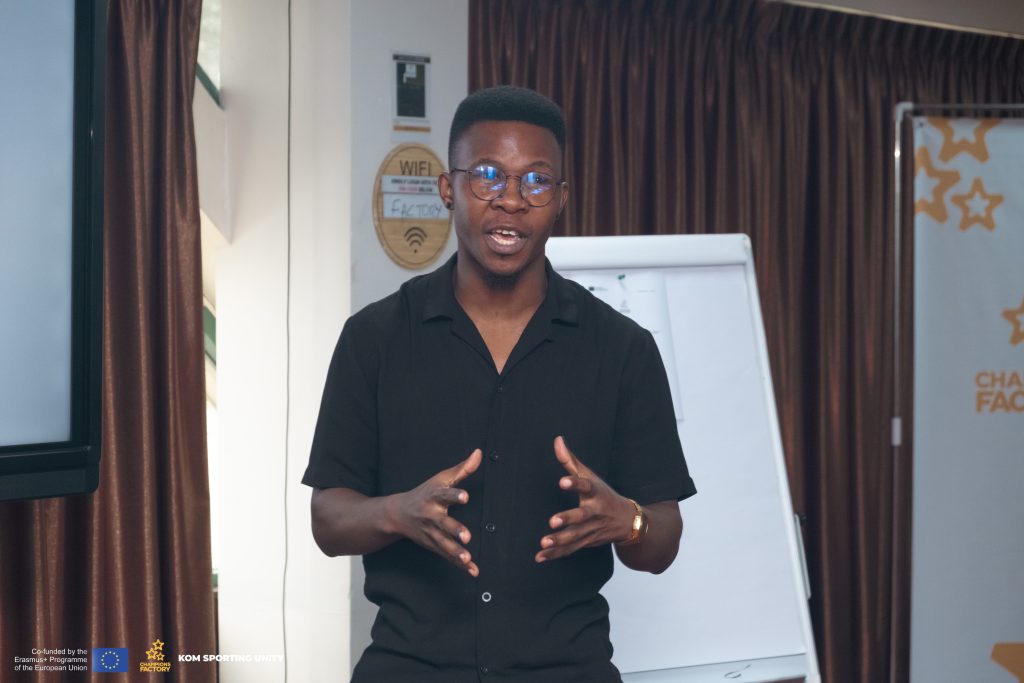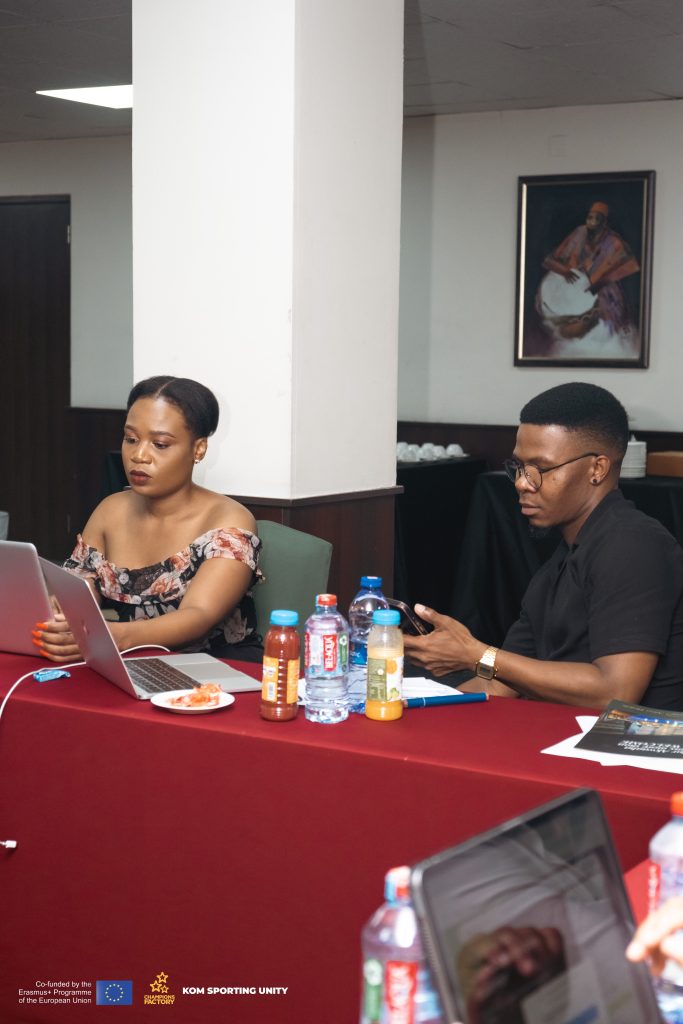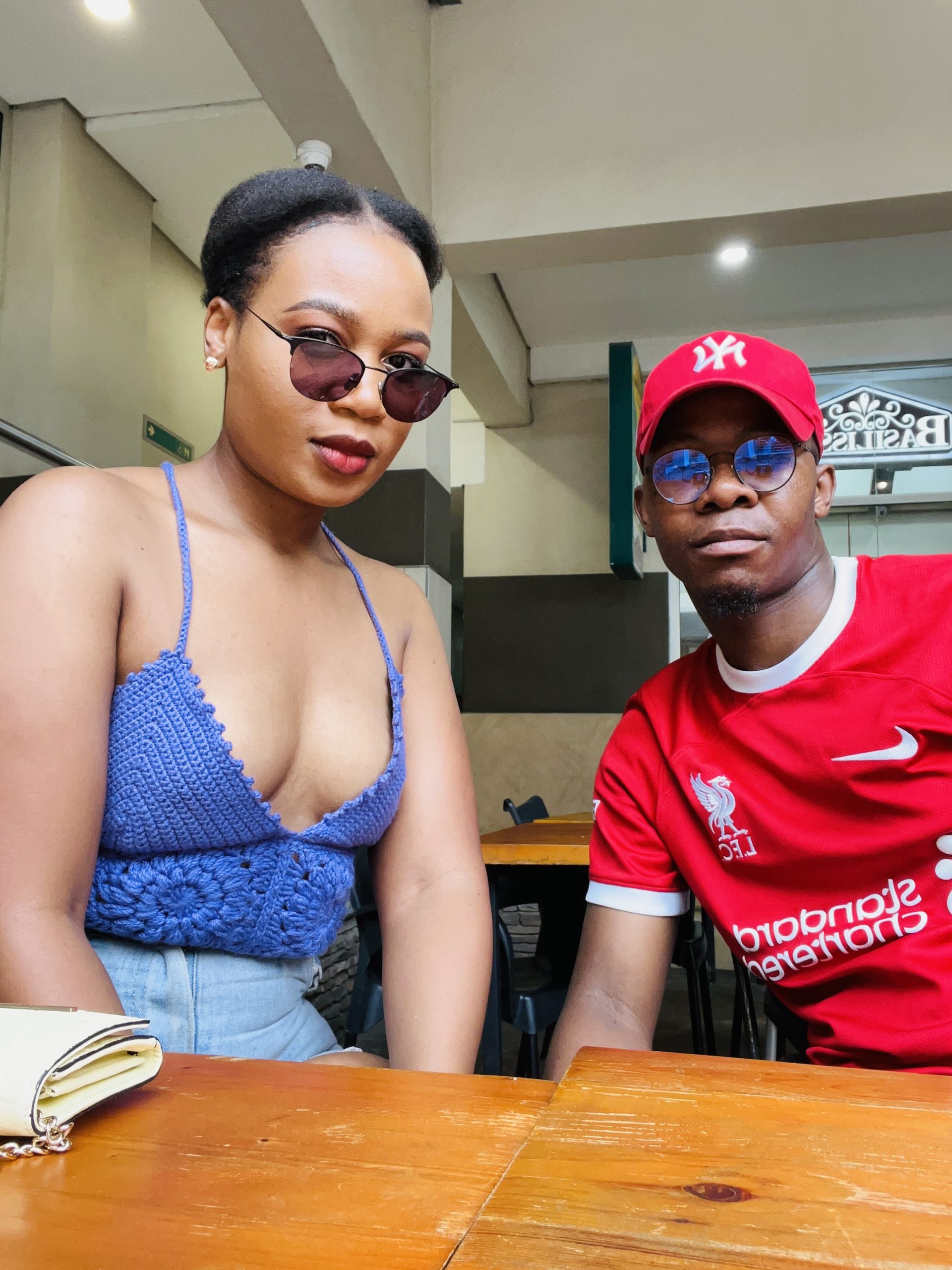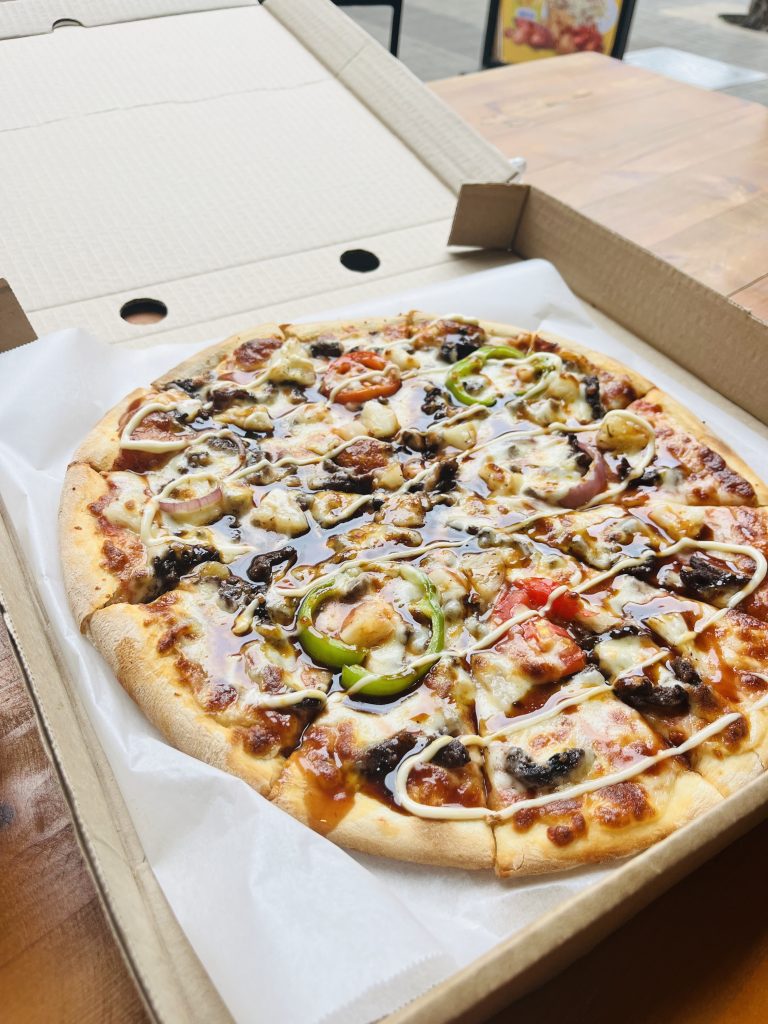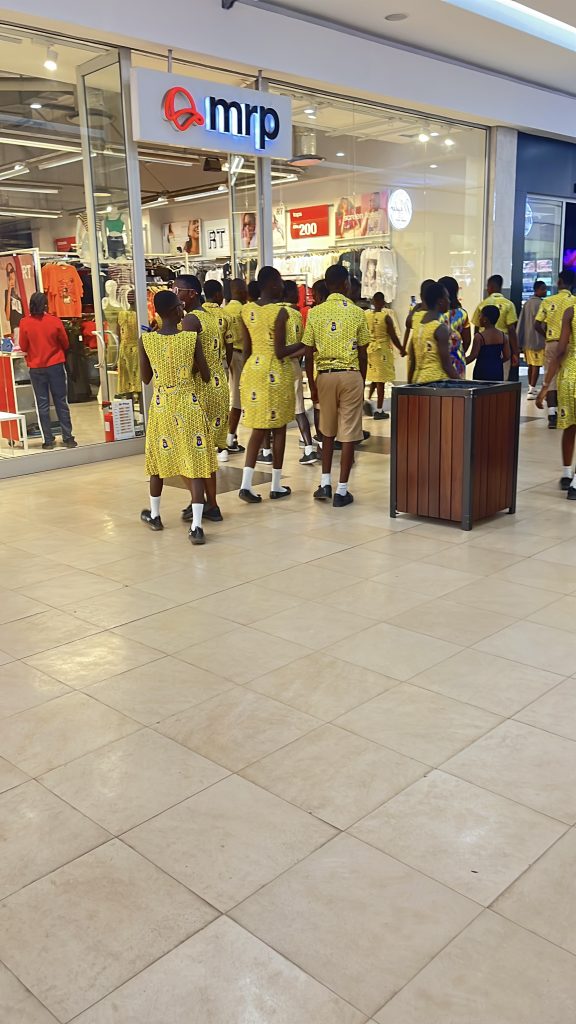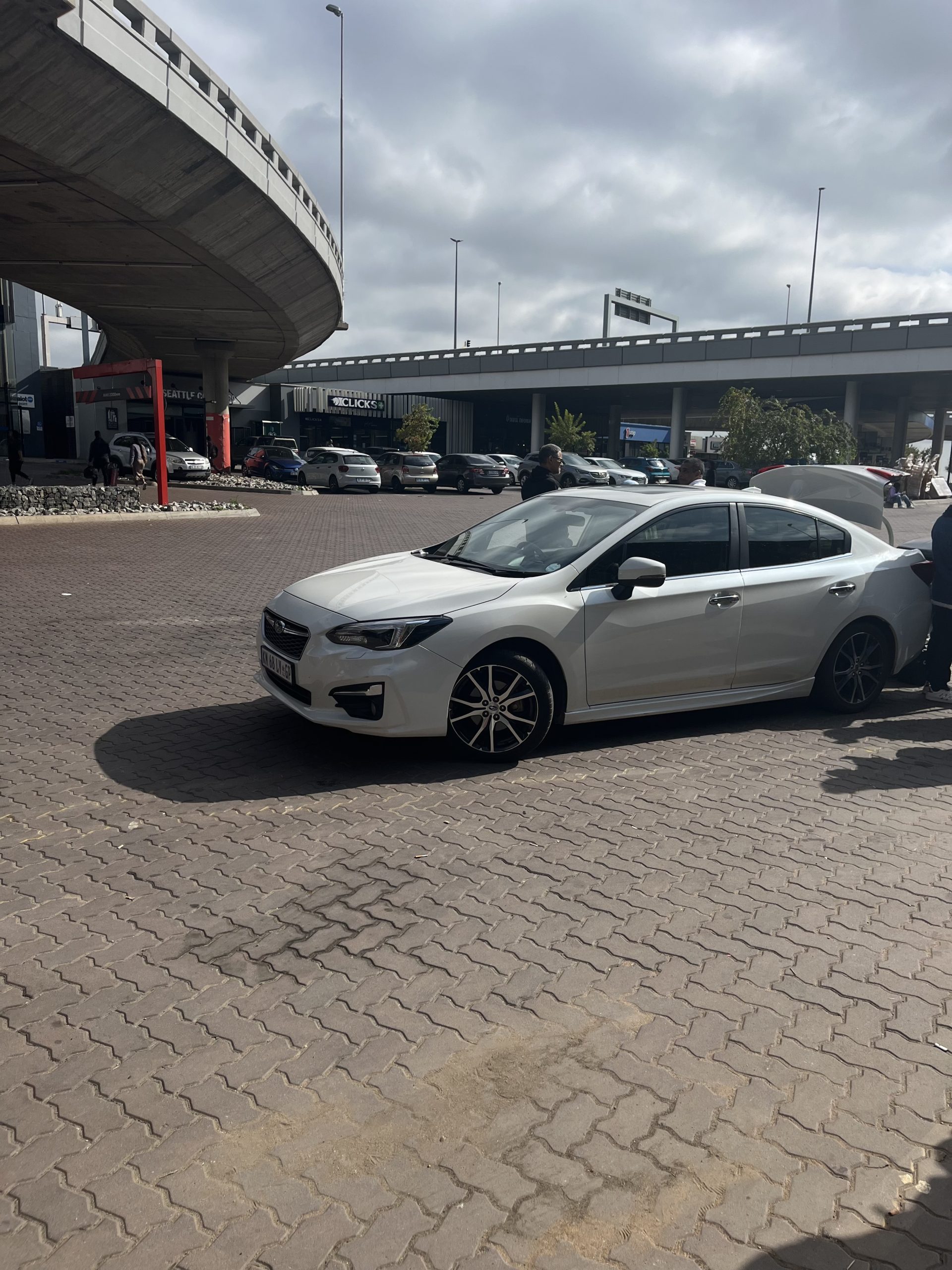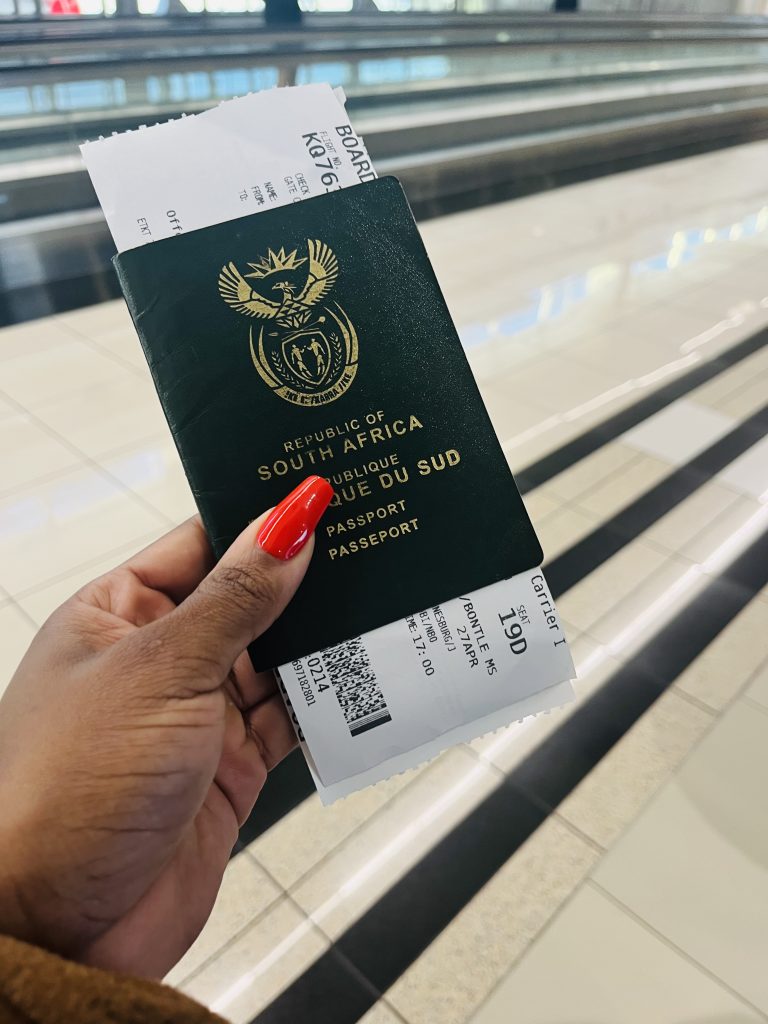SayPro Chief Operating Officer Clifford Legodi has become a leading voice in advocating for equitable access to international youth travel opportunities. As part of the SayPro Southern Africa Youth Project Erasmus+ Ghana Travel program, he continues to champion the vision that every young person—regardless of background, geography, or socio-economic status—deserves a seat at the table in global learning and cultural exchange.
Inclusive travel is not just a social good, but a strategic investment in the future of the continent. For Legodi, youth from rural areas, informal settlements, and under-resourced schools should not be excluded from programs that help shape global citizens. “We cannot claim to be building a better Africa if we are leaving our most vulnerable youth behind,” he says. His work emphasizes not only bringing these young people into international spaces, but ensuring they are prepared, supported, and empowered before, during, and after their travels.
Under Clifford Legodi’s leadership, SayPro has implemented several critical reforms in its Erasmus+ travel initiatives. These include needs-based selection criteria, funding models that cover passports and travel documents, and pre-departure orientation sessions that build both confidence and cultural competence. The aim is to level the playing field for youth who may lack previous exposure to formal international platforms but possess immense potential and drive.
In Ghana, the program has created opportunities for marginalized youth to participate in hands-on cultural activities, leadership workshops, and entrepreneurial projects alongside peers from more privileged backgrounds. This diversity strengthens the exchange experience and challenges stereotypes. “When a girl from Limpopo dances beside a boy from Accra, and they both lead a youth dialogue on climate action—that’s the Africa we want,” Legodi reflects.
Legodi’s advocacy also extends to addressing systemic barriers. SayPro now actively partners with local governments, schools, and community-based organizations to identify and prepare youth who are often overlooked. It’s not about charity—it’s about equity and voice. SayPro provides tools such as online mentorship, access to mental health support, and digital storytelling training to help these youth share their own narratives with the world.
Inclusivity also means redesigning travel programs to accommodate youth with disabilities and those from LGBTQ+ communities. SayPro’s inclusive policies ensure safety, respect, and dignity for every participant. Legodi’s view is clear: “Representation must be meaningful, not symbolic. Every young traveler should feel they belong.”
Looking forward, Legodi is spearheading a new initiative within the Ghana travel program that connects returnees with local change-making hubs—places where they can apply their global insights to local development. The model of ‘travel to transform’ is core to SayPro’s mission.
In conclusion, SayPro COO Clifford Legodi’s dedication to inclusive travel is shaping a new generation of empowered, aware, and socially conscious African youth. Through his leadership, the SayPro Southern Africa Youth Project Erasmus+ Ghana Travel program is not just moving people across borders—it is dismantling barriers and building bridges for a truly inclusive Pan-African future.

